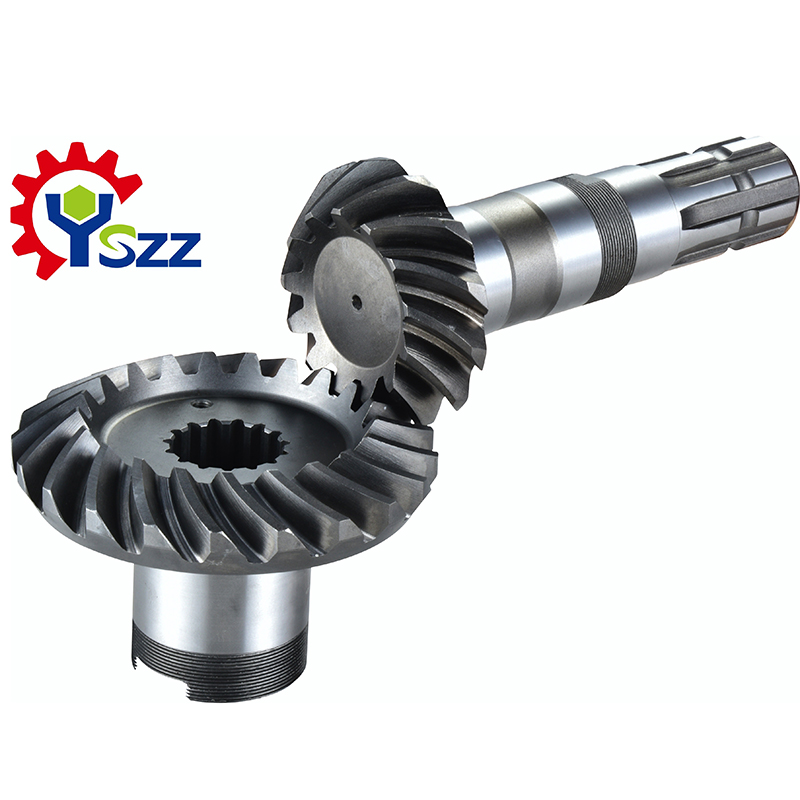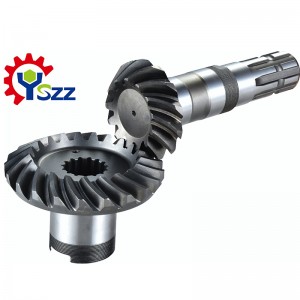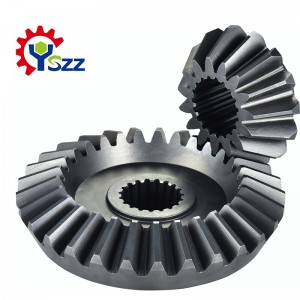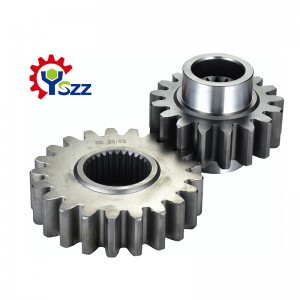Product drawing
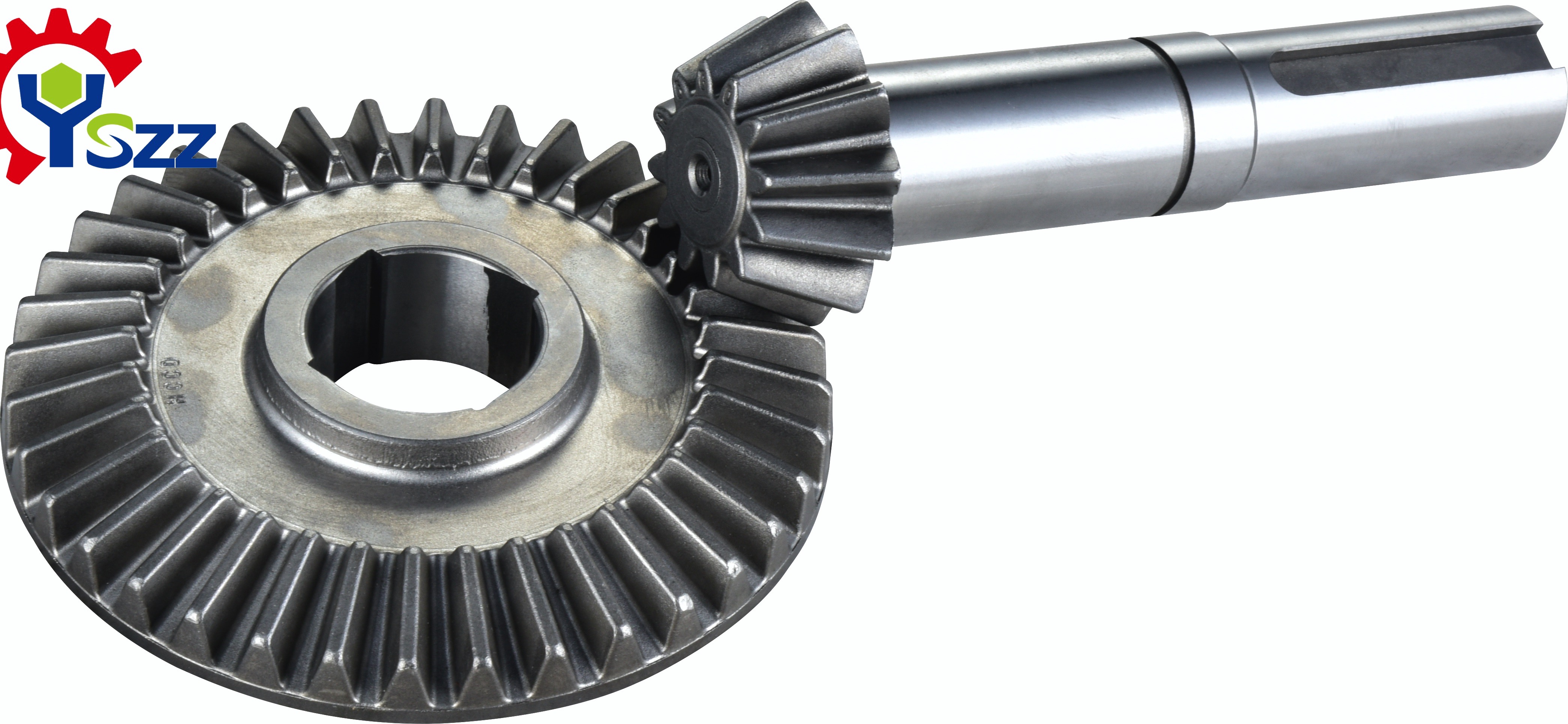
Fertilizer Spreader Gearbox
The design and quality of the gears in a gearbox are critical as they determine the efficiency and functionality of the gearbox. Gears are usually made of hardened steel to ensure their high strength and durability. They may also be made of other materials, such as bronze or cast iron, depending on the type of gearbox and the application it serves. There are different types of gears in a gearbox such as spur, helical, bevel and worm gears.
Fertilizer Spreader Gearbox Wholesale
Spur gears are the most commonly used gear type in gearboxes. They mesh together in a straight line, producing a characteristic whine as the gears turn. Helical gears have thinner teeth and run at a sharper angle than spur gears. They produce less noise but can generate some axial loads. Bevel gears transmit power at an angle, making them ideal for applications that require gear changes. Worm gears are used when large speed ratios need to be achieved or when space is at a premium. They consist of a screw and a wheel that interact to transmit torque at right angles.
Fertilizer Spreader Gearbox
Maintenance is essential to ensure the longevity of the gears in a gearbox. Regular lubrication with a good quality oil is essential to maintain its effectiveness and prevent damage or wear. In addition, regularly inspecting the gears for damage or signs of wear and replacing them if necessary helps prevent damage to the gearbox and ensures efficient farming. To sum up, the gear is an important part of the gearbox that transmits power from the input shaft to the output shaft for efficient tillage of the soil. The quality of the gears affects the efficiency and function of the gearbox. Different types of gears serve different applications and achieve different results. Regular maintenance is essential to ensure the life of the gear and the efficient operation of the gear for efficient planting.

